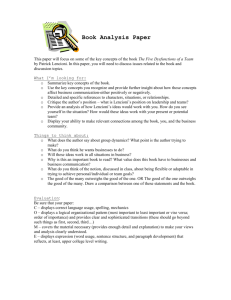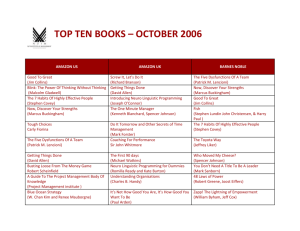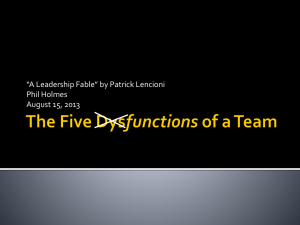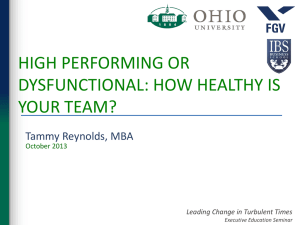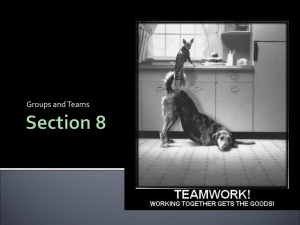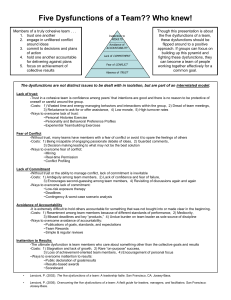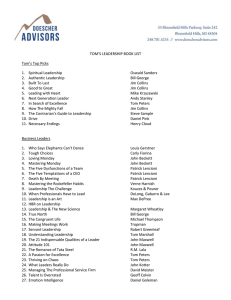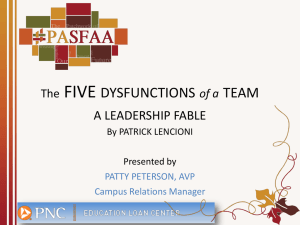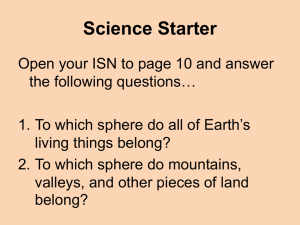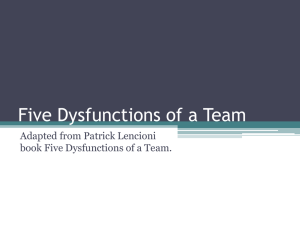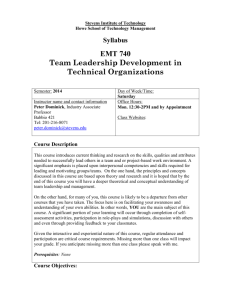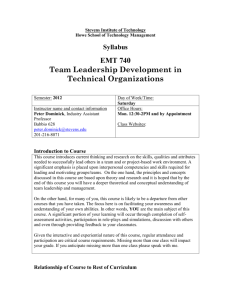Fundamental #4 Embracing Accountability
advertisement
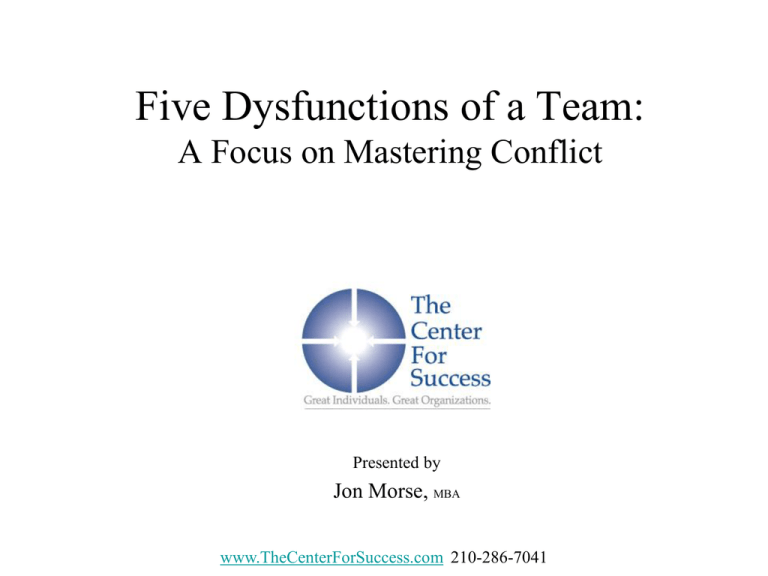
Five Dysfunctions of a Team: A Focus on Mastering Conflict Presented by Jon Morse, MBA www.TheCenterForSuccess.com 210-286-7041 Our Agenda •Overview & Recap of Lencioni 5D •4 Styles (Direct, Empathetic, Diplomatic, Analytical) •Resolution Opportunities •Identify Common Goals •Acknowledge all sides of the issue •Listen without interruption •Avoid exaggeration •Use I statements •Depth –Frequency Conflict model •Conflict Resolution Model •Resolution Obstacles: physical environment and Individual •Conflict Norming •Homework obstacles THE FIVE DYSFUNCTIONS OF A TEAM Patrick Lencioni FUNDAMENTAL #1: TRUST •Trust is the foundation for teams. •Without trust none of the other parts of the team model will work. •Of all the qualities of a team, TRUST is the MOST IMPORTANT! •Trust is also the most rare quality. Lack of Trust Members of a team that do not have trust… •Conceal their weaknesses & mistakes •Hesitate to ask for help •Don’t offer to help the team or other staff •Jump to conclusions •Fail to recognize other’s skills •Hold grudges •Avoid spending time together SUMMARY—BUILDING TRUST • Trust is the foundation of teamwork • On a team, trust is about vulnerability • Building trust takes time, but the process can be accelerated • Like a good relationship, trust must be maintained over time FUNDAMENTAL #2 Why Have Conflict on a Team? Isn’t Conflict Bad? Teams that fear conflict… • Have boring meetings • Create environments where politics and personal attacks thrive • Ignore controversial topics that are critical to team success • Fail to tap into all the opinions and perspectives of team members • Waste time & energy with posturing and interpersonal risk management Conflict can be bad when it’s DESTRUCTIVE Teams need CONSTRUCTIVE Conflict in order to be effective! Destructive vs Constructive Conflict DESTRUCTIVE TEAM CONFLICT • “Venting” outside of meeting • Political • Prideful • Competitive • I win. I’m right. • Not listening to other ideas • Manipulative • Avoidance • Personal attacks CONSTRUCTIVE TEAM CONFLICT • Passionate • Unfiltered debate • Important issues are discussed • Humble pursuit of truth • Focus is on issues • Evaluating other peoples’ ideas Lack of Trust Members of a team that do not have trust… •Conceal their weaknesses & mistakes •Hesitate to ask for help •Don’t offer to help the team or other staff •Jump to conclusions •Fail to recognize other’s skills •Hold grudges •Avoid spending time together Your Work Style p5 • • • • • • Contributions to the Organization Leadership Style Preferred Work Environments Preferred Learning Style Potential Pitfalls Suggestions for Development Conflict Management: A DiSC®-Based Approach Jon Morse www.TheCenterForSuccess.com 210-286-7041 12 To get to the middle teams have to acknowledge and address other distractions and barriers: 1. 2. 3. 4. Informational Environmental Relationship Individual Ref: Patrick Lencioni, 5 Dysfunctions of a Team Depth-Frequency Conflict Model 1. 2. 3. 4. 5. Choose an issue Review prior discussions of the issue and analyze according to the model Look for all possible Compare answers discuss impact to decision making process How do you address these issues to improve team engagement Ref: Patrick Lencioni, 5 Dysfunctions of a Team Conflict Norming • Review and write down individual preferences relating to acceptable and unacceptable behaviors around discussion and debate (e.g., language, tone of voice, emotional content, avoidance of distractions…) • Review your preferences with the team (I’ll capture areas of similarity and differences. • Discuss and arrive at common understanding of acceptable behaviors. • Record and distribute Managing Conflict! Homework Assignments • • • • • • • Speed of Trust Team Assessment _______________ _______________ _______________ _______________ _______________ SUMMARY—MASTERING CONFLICT • Good conflict is about unfiltered, passionate debate around issues • Conflict will at times be uncomfortable • Conflict norms must be clear • The fear of personal conflict should not prevent productive debate
